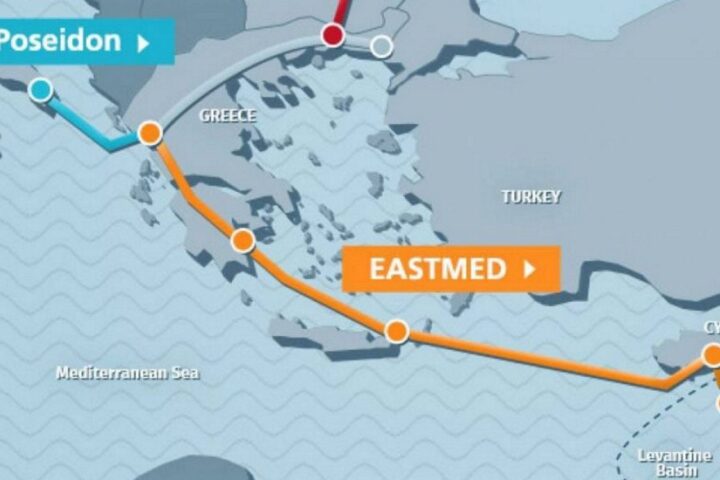EU annual median disposable income has risen to 18,706 of purchasing power standards per inhabitant from €18,011 PPS, while Cyprus is above the European average.
At the national level, the EU countries with the highest median disposable incomes in 2022 were Luxembourg (33,214 PPS), the Netherlands (25,437), Austria (25,119), Belgium (24,142), Denmark (23,244) and Germany (23,197).
In contrast, Bulgaria (9,671 PPS), Slovakia (9,826 PPS), Romania (10,033), Hungary (10,217), and Greece (10,841) reported the lowest values.
Cyprus registered 19,719 PPS, putting it in the top half of the EU27.
The median equivalised disposable income, expressed in the PPS, accounts for income distribution, household size, and composition.
The unit PPS considers the price-level variations, ensuring comparability across countries.
Income inequality
Median disposable income provides a measure of average living standards, but it does not capture income distribution within the population.
The Gini coefficient shows how income distribution within a country deviates from a perfectly equal distribution.
A Gini value of 100 means that only one person receives all the income in the country, while a Gini value of 0 means that income is distributed equally across the population.
Income inequality as measured by the Gini coefficient above the EU average in 11 Member States
In 2022, the Gini coefficient for the EU was 29.6.
The highest income disparities among the EU Member States were recorded in Bulgaria (38.4), Lithuania (36.2) and Latvia (34.3).
A group of Member States with a Gini coefficient above the EU average of 29.6 and ranging from 31.0 to 33.9 comprised Malta, Greece, Estonia, Spain, Portugal, Romania and Italy.
In Croatia, Germany, Cyprus, Luxembourg and France, the Gini coefficients were close to the EU average, indicating income distributions consistent with the EU coefficient.
At the other end of the scale, income was more evenly distributed in Slovakia, Slovenia, Czechia and Belgium, where the Gini coefficient was less than 25.0.
Income in real terms
EU median disposable income in real terms increased by 20 % since 2010
The income in real terms shows the annual evolution of households’ purchasing power following the financial crisis of 2008.
In 2022, the EU’s disposable income in real terms was at an index of 120.
This indicates that, on average, there has been a real increase of 20 % in disposable income since 2010.
Most Member States reported a real rise in the median disposable income.
Romania led the real disposable income ranking with an index of 226, reflecting an increase of more than double since 2010.
Lithuania was next with 200, followed by Estonia at 193 and Latvia at 192.
By contrast, Greece had the lowest index at 74, indicating a decrease from 2010.
Spain and France were just below the 2010 benchmark at 99, while Cyprus matched it at 100, and Italy slightly surpassed it with 101.










